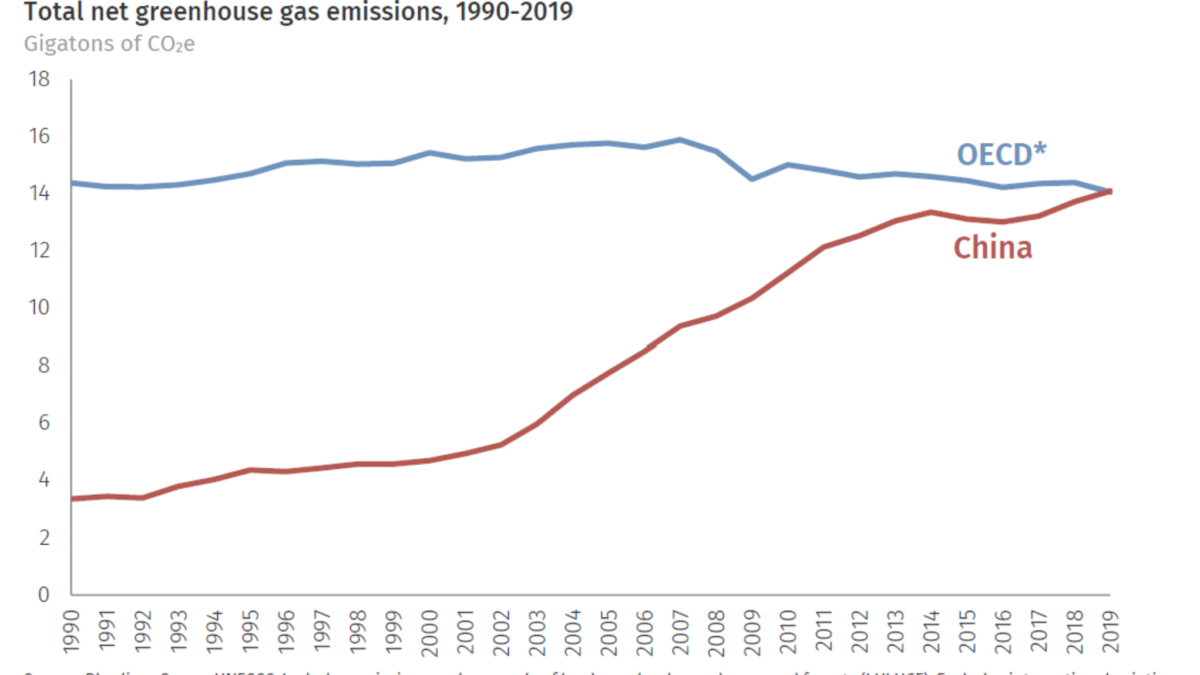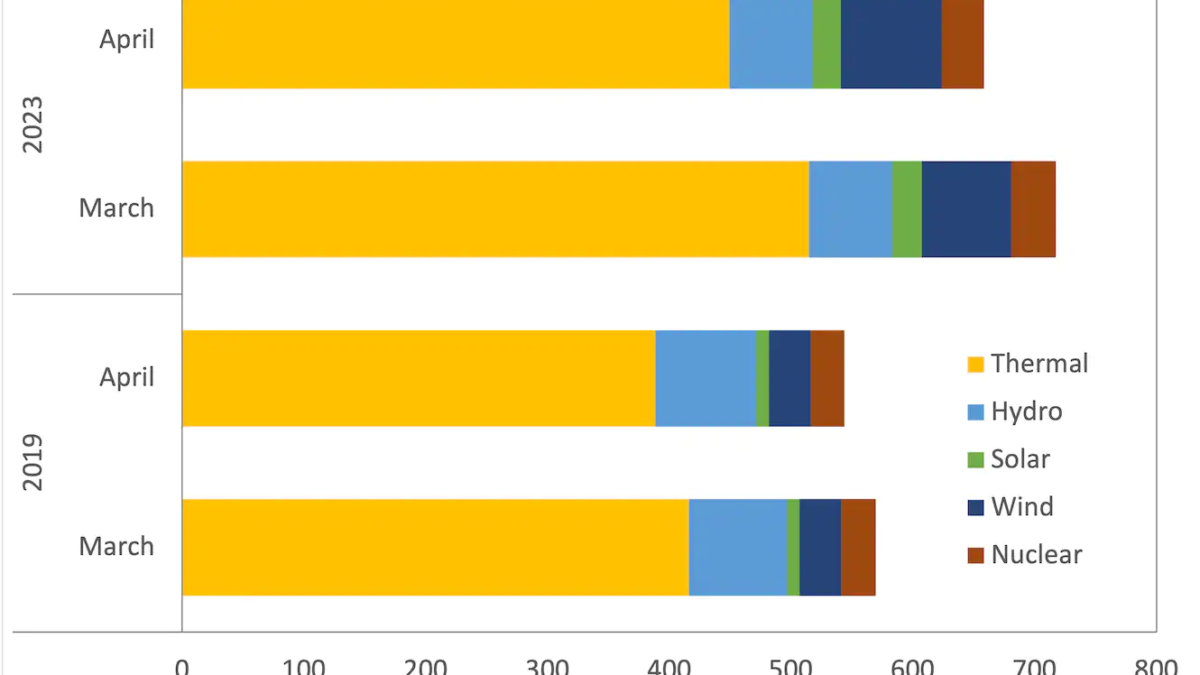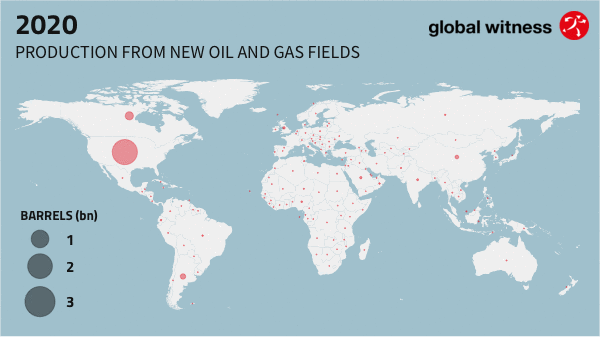Atmospheric vapor deficit causing worldwide loss of vegetation
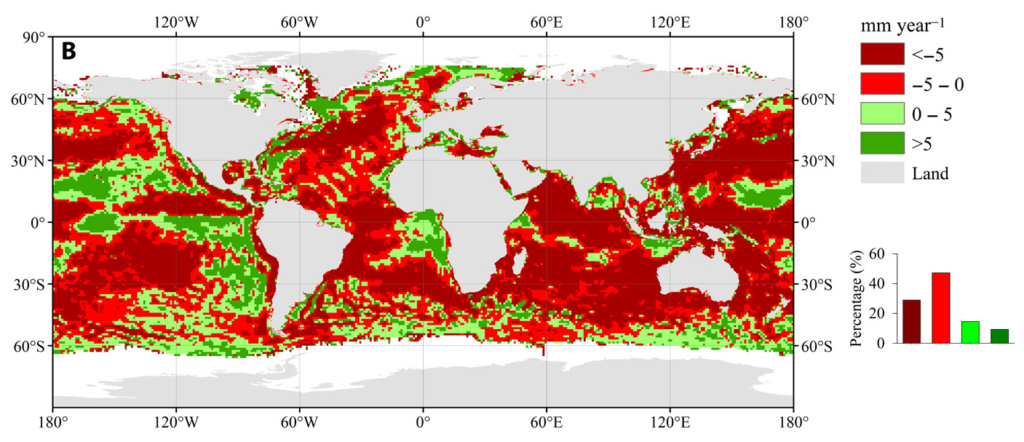
By Bob Yirka
15 August 2019
(Phys.org) – A large international team of researchers has found evidence of a connection between an increase in the atmospheric vapor deficit and worldwide vegetation loss. In their paper published in the journal Science Advances, the group describes their analysis of climate datasets and the correlation of an increase in vapor pressure deficit (VPD) to loss of vegetation around the world over the past half-century.
Scientists have been studying the possible repercussions of global warming for several years, and suggest it is likely to lead not only to warmer temperatures, but also changes to weather patterns. One such weather change not often mentioned is VPD, which is the difference in air pressure due to water vapor during fully saturated times versus times when it unsaturated. When VPD is increasing, there is less water in the air.
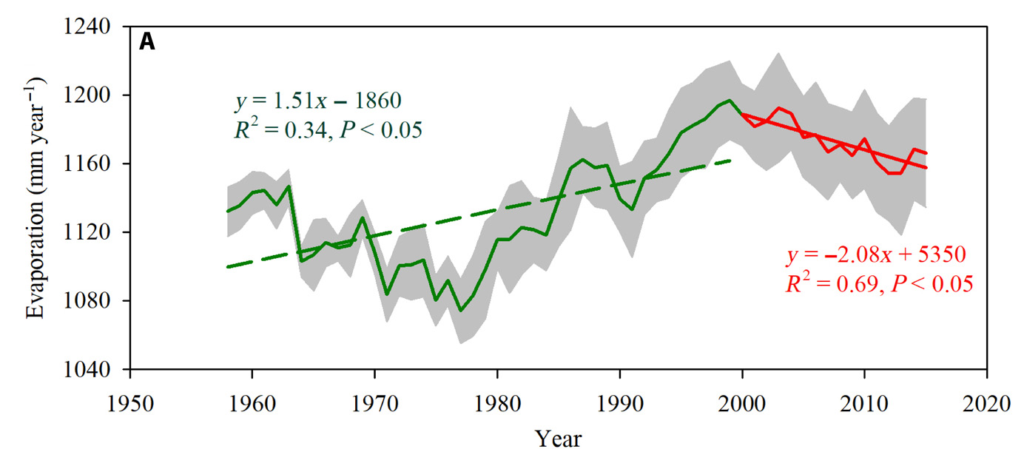
VPD is important because of its impact on plants. When VPD rises a certain amount, plants react by closing their stomata, the pores in their leaves, to prevent water loss. But this also shuts down the release of oxygen and the absorption of carbon dioxide—partially shutting down photosynthesis and slowing growth. In this new effort, the researchers wondered if there might be a connection between observed losses of vegetation worldwide and changes to VPD in some parts of the world.
To find out, the researchers obtained datasets that included observation information from across the globe going all the way back to the 1950s. When focusing on VPD, they found that prior to the 1990s, VPD increased only slightly. But after 1998, the VPD grew quite dramatically—by up to 17 times over the next several years in some places, and it remained at those levels. They also found that over half of all vegetated land on the planet experienced a rise in VPD. The researchers also found that the upswing in VPD occurred in lockstep with the rise in global temperatures and the decrease in worldwide vegetative cover.
Research: Link between increased atmospheric vapor deficit and worldwide loss of vegetation

Increased atmospheric vapor pressure deficit reduces global vegetation growth
ABSTRACT: Atmospheric vapor pressure deficit (VPD) is a critical variable in determining plant photosynthesis. Synthesis of four global climate datasets reveals a sharp increase of VPD after the late 1990s. In response, the vegetation greening trend indicated by a satellite-derived vegetation index (GIMMS3g), which was evident before the late 1990s, was subsequently stalled or reversed. Terrestrial gross primary production derived from two satellite-based models (revised EC-LUE and MODIS) exhibits persistent and widespread decreases after the late 1990s due to increased VPD, which offset the positive CO2 fertilization effect. Six Earth system models have consistently projected continuous increases of VPD throughout the current century. Our results highlight that the impacts of VPD on vegetation growth should be adequately considered to assess ecosystem responses to future climate conditions.
Increased atmospheric vapor pressure deficit reduces global vegetation growth
